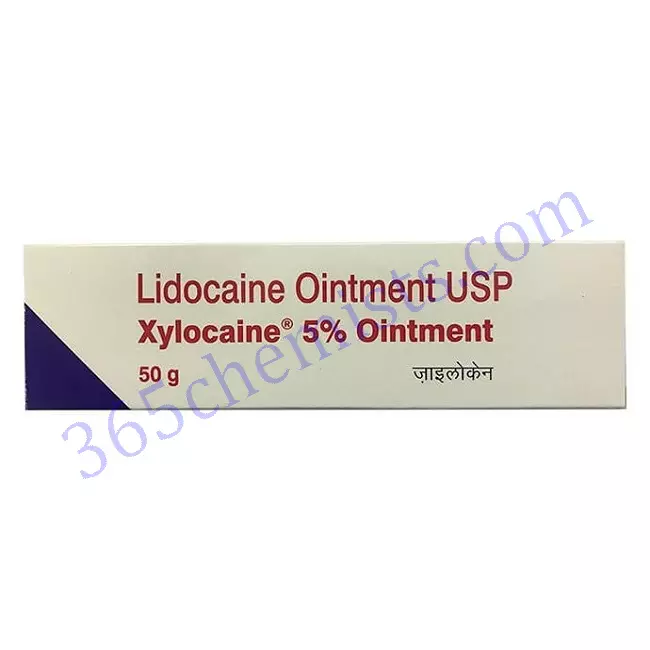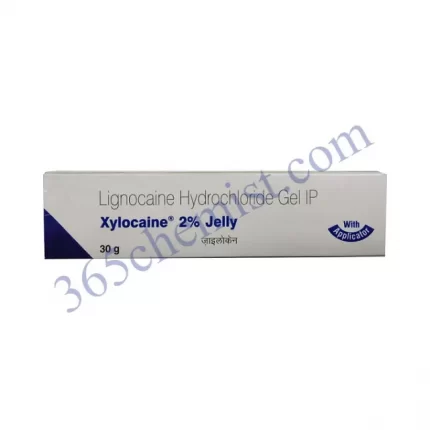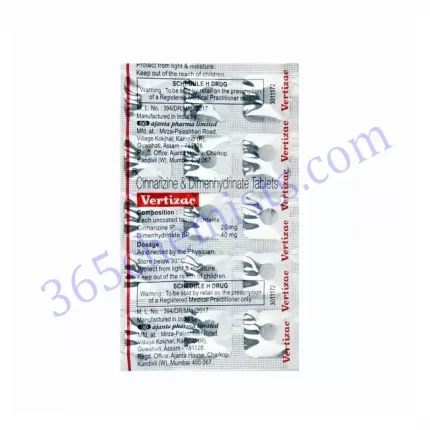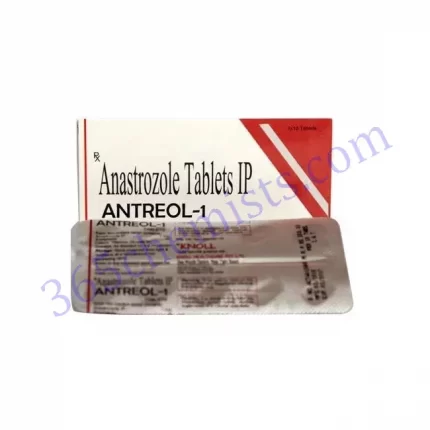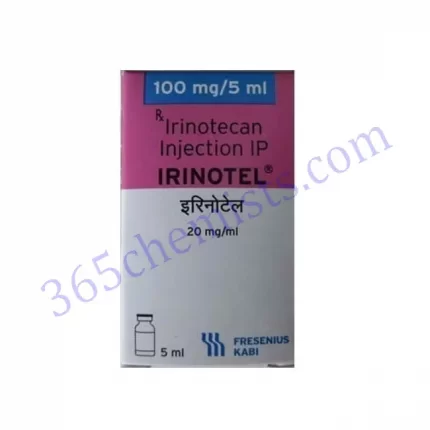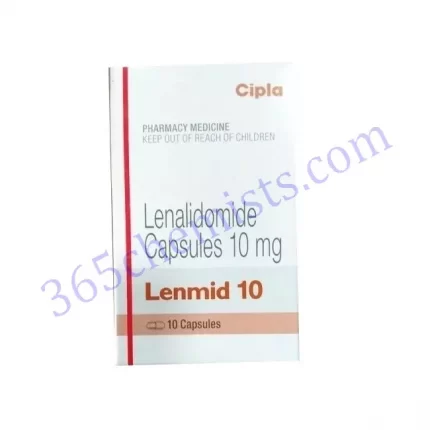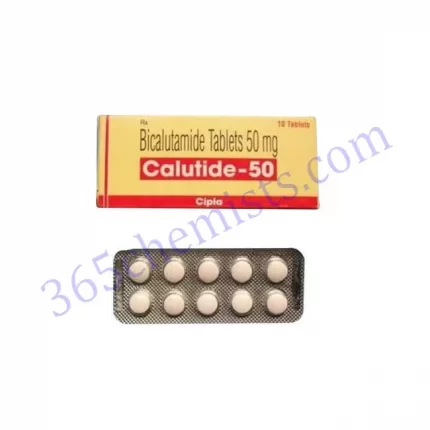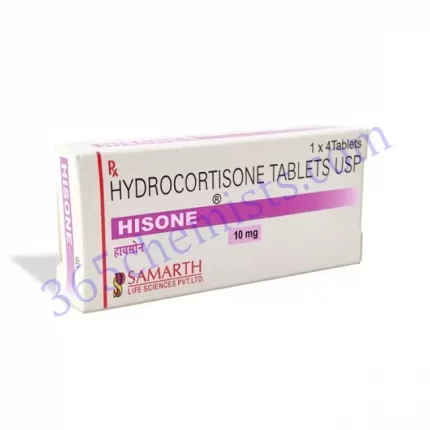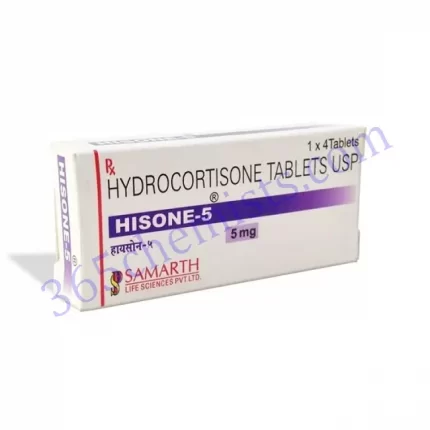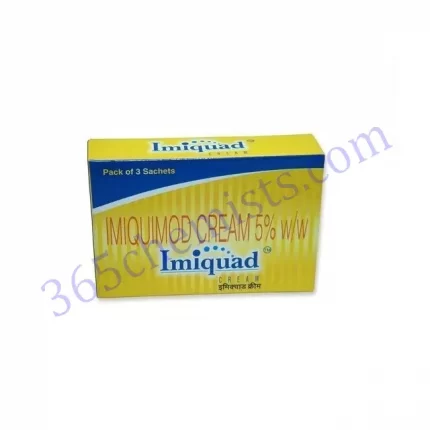XYLOCAINE 5% Ointment (Lidocaine): Effective Topical Anesthetic for Localized Pain Relief
Lidocaine, also known as Xylocaine 5% Ointment, is a popular topical painkiller. XYLOCAINE 5% Ointment offers efficient anaesthesia in a variety of medical procedures and conditions thanks to its strong numbing properties. This adaptable cream provides momentary comfort from discomfort, making it a useful tool for both patients and healthcare professionals.
Understanding Topical Anesthesia:
In order to numb the area and reduce pain, a topical anaesthetic involves applying an anaesthetic agent directly to the skin or mucous membranes. Lidocaine, a well-known numbing agent, is a component of the local anaesthetic XYLOCAINE 5% Ointment. By obstructing nerve signals, it stops the brain from receiving pain signals.
Applications in Medical Procedures:
To reduce pain and discomfort, XYLOCAINE 5% Ointment is frequently used in a variety of medical procedures. When performing minor surgical procedures like skin biopsies, suturing, and catheter insertions, it is frequently applied beforehand. Sunburn, insect bites, and minor skin irritations are just a few of the dermatological conditions that the ointment can help with.
Pain Management in Specific Areas:
In order to manage pain in particular body parts, XYLOCAINE 5% Ointment is particularly helpful. In order to reduce pain during dental procedures or specific gynaecological examinations, it is frequently applied to mucous membranes, such as those in the oral cavity and genital regions. Additionally, it is used to treat haemorrhoids and anal fissures, bringing relief and promoting healing.
Dosage and Administration:
Healthcare professionals should decide on the dosage and method of administration of XYLOCAINE 5% Ointment based on the particular procedure and factors specific to the patient. A thin layer of the ointment is typically applied directly to the affected area, and it is left there for the advised amount of time. To ensure the greatest effectiveness and safety, it is crucial to adhere to the healthcare provider’s instructions.
Related Product
Xylocaine Spray
Xylocaine Jelly
Xylocaine Ointment
Safety Considerations:
When applied as instructed, XYLOCAINE 5% Ointment is generally safe, but there are a few things to keep in mind. Lidocaine can cause allergic reactions, though they are uncommon. Before using the ointment, it is essential to let the healthcare providers know if you have any known allergies or sensitivities. Additionally, overuse or application to large areas of the body may result in systemic absorption, which may have negative effects like confusion, dizziness, or cardiac issues. Adequate adherence to suggested dosages and application instructions reduces the risk of side effects.
Advantages and Limitations:
The 5% Xylocaine Ointment has a number of benefits for treating pain. In many instances, its localised effect can provide targeted relief without the need for general anaesthesia or invasive procedures. Patients tolerate the ointment well and find it simple to use. It is crucial to keep in mind that XYLOCAINE 5% Ointment should not take the place of a proper diagnosis and treatment of underlying conditions as it is only meant to provide short-term pain relief. A medical professional should perform a more thorough evaluation if the pain is persistent or severe.
Conclusion:
A highly effective topical anaesthetic that offers localised pain relief for a variety of medical procedures and conditions is XYLOCAINE 5% Ointment (Lidocaine). Because of its numbing effects, it is an important tool in pain management because it makes patients more comfortable during procedures. Healthcare professionals can ensure the safe and effective use of XYLOCAINE 5% Ointment and contribute to better patient experiences and outcomes by following the recommended dosage and application guidelines.
XYLOCAINE 5% Ointment is used in other healthcare settings in addition to medical procedures and pain management. It is frequently used in dermatology to relieve the itch and discomfort brought on by conditions like psoriasis, eczema, and dermatitis. The ointment’s numbing effect helps patients temporarily feel better by decreasing the urge to scratch.
Additionally, certain minor cosmetic procedures like laser hair removal or tattooing involve the use of XYLOCAINE 5% Ointment. By applying the ointment to the treatment area, it helps patients tolerate the procedure by reducing their level of pain and discomfort.
The XYLOCAINE 5% Ointment’s relatively quick onset of action is one of its benefits. Depending on the precise concentration and amount applied, the numbing effect usually starts to take effect within a few minutes of application and lasts for a certain amount of time. This enables prompt and effective pain management, making it appropriate for both outpatient and inpatient settings.
For XYLOCAINE 5% Ointment to be used safely and effectively, proper administration and adherence to suggested guidelines are paramount. Before prescribing the ointment, healthcare professionals must consider the unique characteristics of each patient, including their general health, any possible drug interactions, and the existence of any contraindications. For the best results, it is essential to educate patients about proper application methods, potential side effects, and the value of paying attention to directions.
XYLOCAINE 5% Ointment (Lidocaine), in summary, is a useful topical anaesthetic that effectively relieves pain in a variety of medical procedures and conditions. It is a crucial tool for pain management in both clinical and dermatological settings due to its localised numbing properties. When used correctly and in accordance with instructions, XYLOCAINE 5% Ointment enhances patient comfort and promotes a more satisfying healthcare experience.

